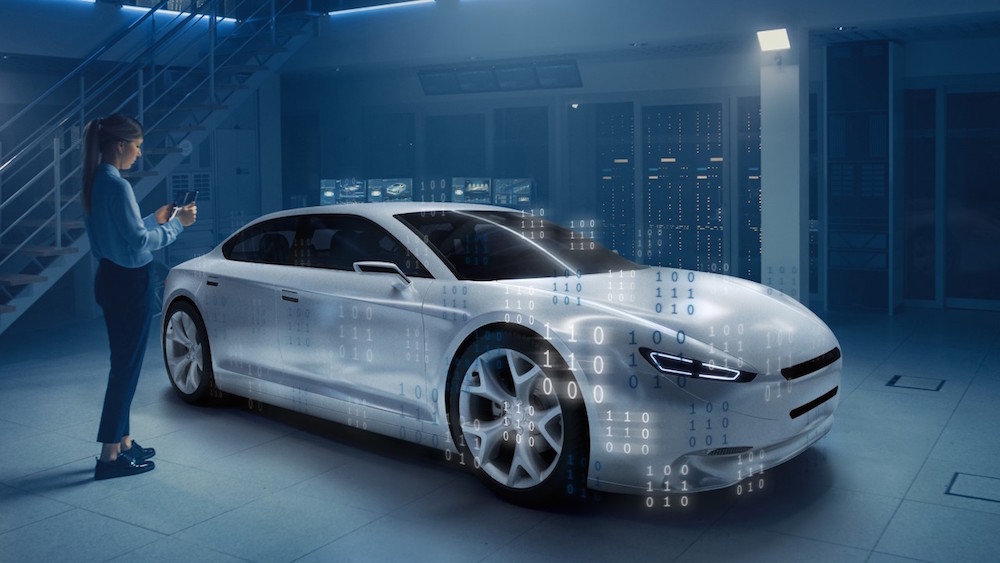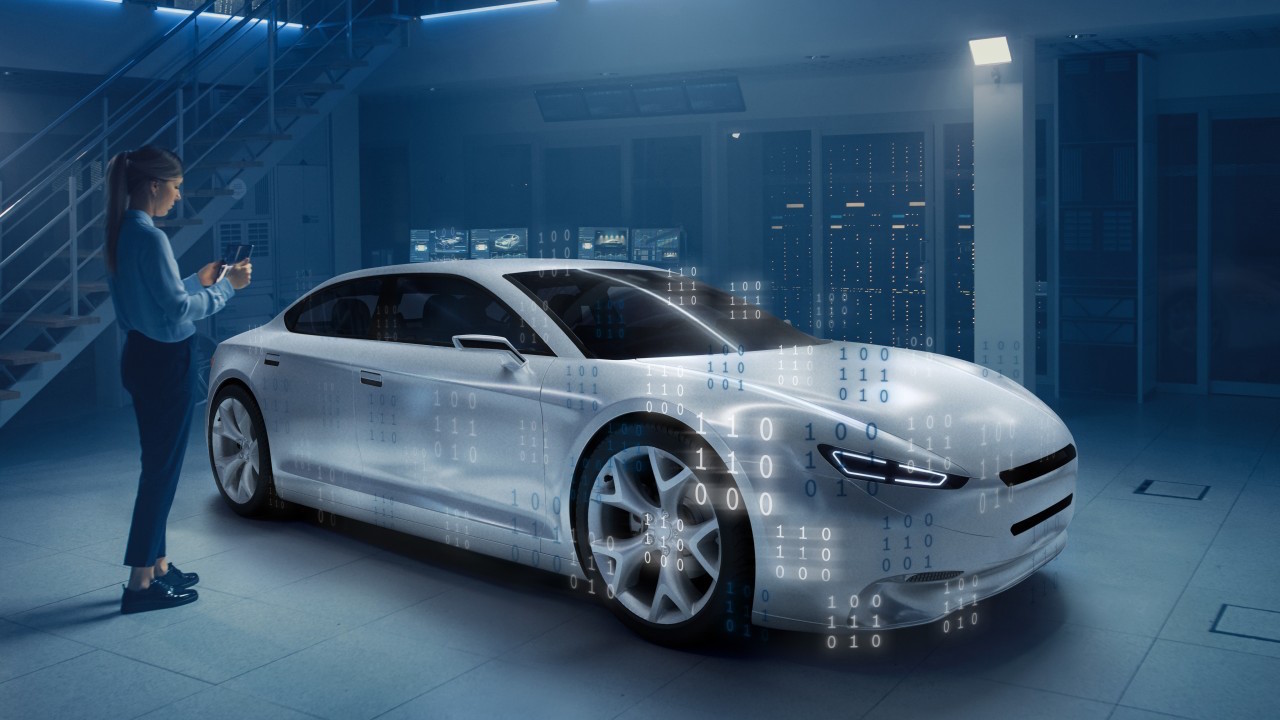The mobility second Bosch in the software era, in the automotive field is full of innovation. Today more than ever they are made through computer codes. Bosch responds to the new trend of software-based automotive engineering. This with a reorganization of its automotive supplies business.
Inside Robert Bosch GmbH, Bosch Mobility it will be managed as an autonomous organizational structure. Stephen Harting, Chairman of the Board of Management of Bosch, communicated this. At the annual press conference. The goal is to be able to respond better and faster to new customer requests.
And those that already exist thanks to customized technologies and solutions managed from a single source. With 230,000 employees in over 300 locations in 66 countries around the world. As Bosch Mobility it will be the largest of Bosch’s four business sectors.
“In the future, software will not only change the way we use and experience our cars, it will also transform the way they are designed. For some time now, Bosch has also been a de facto provider of mobility software.
Today, to respond to customer needs, our structure will reorganize itself to be more in line with this reality and open up to further growth”. said Markus Heyn, member of the Board of Management of Bosch. And Chairman of the Bosch Mobility board, made up of five managers.
From an organizational point of view, starting from 1 January 2024 some divisions of the business sector will be delineated differently. While all of them will also be assigned responsibilities at a horizontal and inter-divisional level. With this new facility, Bosch aims to generate sales of more than 80 billion euros. Worldwide by 2029 deriving from the mobility business alone.
Bosch, the first wave of software-defined vehicles is expected in the middle of the decade
A key element of this growth will be the automotive software solutions market. Driven by the trend towards software defined vehicles, by 2030.
This business will probably reach a volume well in excess of 200 billion euros. Triple compared to 2020. Currently, Bosch’s growth in this area stands at double-digit values. The entire automotive industry is focusing on software development.
This share in development costs will reach about 30% by 2030. In Bosch this percentage is already higher. More than 50% of all collaborators engaged in research. And development for Bosch Mobility, in fact, are computer engineers. Software defined vehicles offer two important advantages.
The first is the speed of development: in the future, implementing new functions in existing systems will not take years, but a few days. The second is the separation of software development from hardware development.
This will help keep cars looking newer for longer thanks to software updates. “Drivers around the world want to be able to easily integrate their vehicles into their digital world,” Heyn explained.
“After all, we are already used to constant updates and adding new features in our smartphones. This concept will also be applied to cars.” The Bosch company expects software-defined vehicles to be introduced on a large scale from 2025.
 Bosch and mobility in the software age, press office
Bosch and mobility in the software age, press office
Bosch, the new trend in automotive engineering is reflected in the Bosch organization
Vehicle dynamics management is an example of how the reorganization of Bosch Mobility and the intensification of inter-divisional collaboration favor this new trend in automotive engineering. This includes a new control concept which enables the vehicle to stabilize even more quickly and precisely. This system is able to intervene not only on the braking system, but also on the propulsion system and on the electric steering system, helping to shorten the braking distance, so that the corrective action required of the driver is greatly reduced and, consequently, increase road safety.
The technical basis is ESP10, the latest generation of brake control system from Bosch combined Vehicle Dynamics Control 2.0 software function. The ingenious insight is that the new control system does not necessarily have to be part of the ESP electronic control unit, but can also be integrated into the vehicle’s central computer and will also be available as a separate software package in the future. But this is only the beginning. Bosch predicts that software applications will increase by three times and those that will be able to access the cloud will be ten times more
Bosch, a leading player in automotive hardware and software
Software-defined vehicles go hand in hand with a new one centralized electrical and electronic architecture (E/E). The most modern premium-class vehicles have over 100 electronic control units and even in modern compact cars between 30 and 50 are installed. “Our focus will be on making the complexity of electronic systems as controllable and reliable as possible,” he said. announced Heyn. In the future, it will be possible to significantly reduce the number of electronic control units by using powerful computers for various areas of the vehicle, such as the cockpit and connectivity functions, driver assistance systems and autonomous driving, and the drive system.
For this Bosch is developing aIT architecture for the entire vehicle, from the cloud to the central computer up to the individual electronic control units. An important advantage in favor of Bosch is its high competence in both the software and hardware fields. The technology and service provider develops and produces all key components of modern vehicles, whether brakes, steering systems or sustainable drive systems – for which Bosch takes a technology-neutral approach with fuel cell engines, a batteries and hydrogen. More than 250 million electronic control units are produced every year, configured with the company’s proprietary software. Furthermore, Bosch specializes in another field which is gaining more and more importance: theintegration of software from different sources, the result of collaboration between the automotive and IT industries. Bosch also has this integrative competence which it will further expand with the reorganization of the business.
















Leave a Reply
View Comments